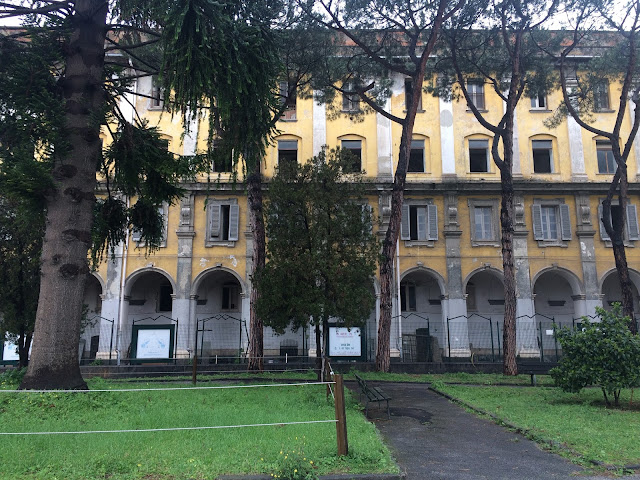Internalising the External
 |
| Urban Carnevale - Illuminating nights |
In Venice, when days turn into nights, a secret spatial swivel occurs as the urban experience and perception of what is 'outside' is forced a second thought and exterior spaces become internalised. The city's blessing of tight calles, those that are 900mm wide and 12m high, and its small piazzas and quiet canals; all lend themselves to morph from being outside to being inside when darkness descends.
 |
| Corridors of light |
In short, the city of Venice becomes one huge palazzo, around a central centrepiece courtyard, that being Piazza San Marco. At dusk, it rids itself of its civic cloak and character. The dark tight calles become corridors of light, the piazzas are the rooms, and facades become interesting 'feature walls'. The water in the canals, whose level float at floor level, become touchable, tangible and reflective with the light from surrounding lamps - its slurpy viscosity never more pronounced than at night - contributing to a plasticity that is almost 'domestic' in its feeling and 'touch'.
post-script: Be warned, at times, and in certain areas of the city, not all is as it seems. At night the lighting illuminates the city to a cliched perfection so that it looks artificial. The dark sky and loss of scale may cause areas to look like a quaint film set - but be assured this is not so, but rather it is at these moments when the city too, wears its carnevale mask.
 |
| Questioning perceptions |


Comments
Post a Comment